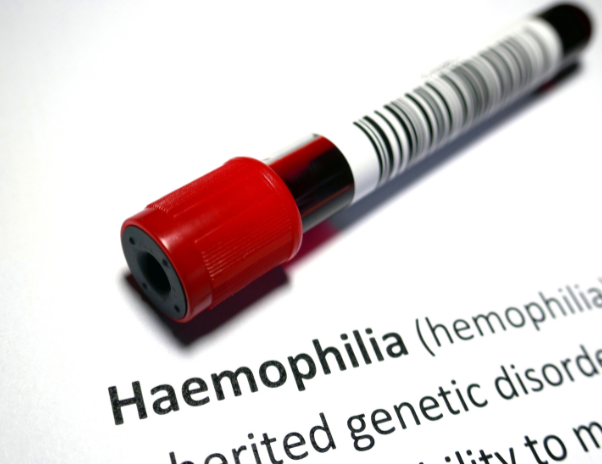
What are the 3 types of hemophilia?
Hemophilia, also known as a "bleeding disorder," is a hereditary ailment that affects how well blood clots. This may result in life-threatening episodes of spontaneous bleeding following trauma or surgery, as well as chronic bleeding following injury or surgery. About 1 in 5,000 male births are affected by hemophilia, a relatively uncommon condition that has a major and lifetime impact on those who have it. Hemophilia A, B, and C are the three main forms of hemophilia, which are classified according to the particular clotting factors that are absent or faulty. Every variety has distinct traits, medical strategies, and genetic ramifications.
-
Hemophilia A: The Most Common Form
With around 80% of cases, hemophilia A, sometimes called classic hemophilia, is the most common illness. A lack of clotting factor VIII brings it on. The blood level of Factor VIII determines the severity of hemophilia A, which varies greatly throughout individuals. Severe hemophilia is having less than 1% of normal Factor VIII levels. This condition can cause frequent episodes of spontaneous bleeding, frequently in the muscles and joints.
Regular infusions of Factor VIII concentrates, which can be made synthetically by genetic engineering (recombinant Factor VIII) or from donated human blood, are part of the treatment for hemophilia A. Hemophilia A patients now have a much higher quality of life because of treatment choices that have advanced, and many can properly control their illness with prophylactic (preventive) therapy schedules.
-
Hemophilia B: The Royal Disease
Hemophilia B accounts for approximately 15-20% of all hemophilia cases, which is a lower prevalence than hemophilia A. It is brought on by a lack of clotting Factor IX, a protein that is essential to coagulation but differs significantly from Factor VIII. Sometimes, people refer to hemophilia B as "Christmas Disease," after Stephen Christmas, the first patient in whom the illness was discovered.
Hemophilia B's severity is likewise influenced by blood clotting factor levels, just like Hemophilia A. Treatments are similar to those for hemophilia A and center on utilizing infusions to replace the absent factor IX. These therapies are also offered as recombinant medicines, which have increased safety and decreased the possibility of infections caused by components obtained from humans.
-
Hemophilia C: The Less Recognized Type
Less frequent than the other two forms, hemophilia C is a milder version of the disease. Hemophilia C is inherited autosomally, in contrast to Hemophilia A and B, which are inherited in an X-linked recessive pattern, and are caused by a deficit in Factor XI. This indicates that it has an equal impact on men and women. There are some ethnic groups, most notably Ashkenazi Jews, where hemophilia C is especially common.
Most Hemophilia C patients have minimal symptoms, and they might not need ongoing care. Rather than happening on their own, bleeding episodes are typically less severe and mostly happen after surgery or serious trauma. When necessary, treatment could include concentrated Factor XI or fresh frozen plasma to aid with clotting during periods of severe bleeding.
> Genetic Basis and Diagnosis:
Due to an X-linked recessive inheritance pattern, hemophilia A and B are inherited in which the faulty gene is found on the X chromosome. Females typically carry the condition and have a 50% probability of passing on the faulty gene to their sons because they have two X chromosomes. Males who inherit the faulty gene will get the disease since they have one extra X chromosome.
A battery of blood tests measuring blood clotting capacity, including levels of several clotting factors, are used to diagnose hemophilia. Additionally, genetic testing can help with prenatal diagnosis and identify carriers.
> Living with Hemophilia
Thanks to advancements in medicine, people with hemophilia can now live fulfilling lives. It's critical to provide preventative care, ongoing monitoring, and therapy modifications. To protect joints and strengthen muscles, physical treatment and exercise are advised. Furthermore, by correcting the genetic abnormalities causing the lack of clotting factors, improvements in gene therapy may be able to cure the illness.
In conclusion, a precise diagnosis and efficient treatment depend on an awareness of the subtle differences between the three forms of hemophilia. Despite persistent hurdles, the prognosis for individuals with hemophilia is improving because to ongoing research and new treatment approaches.
